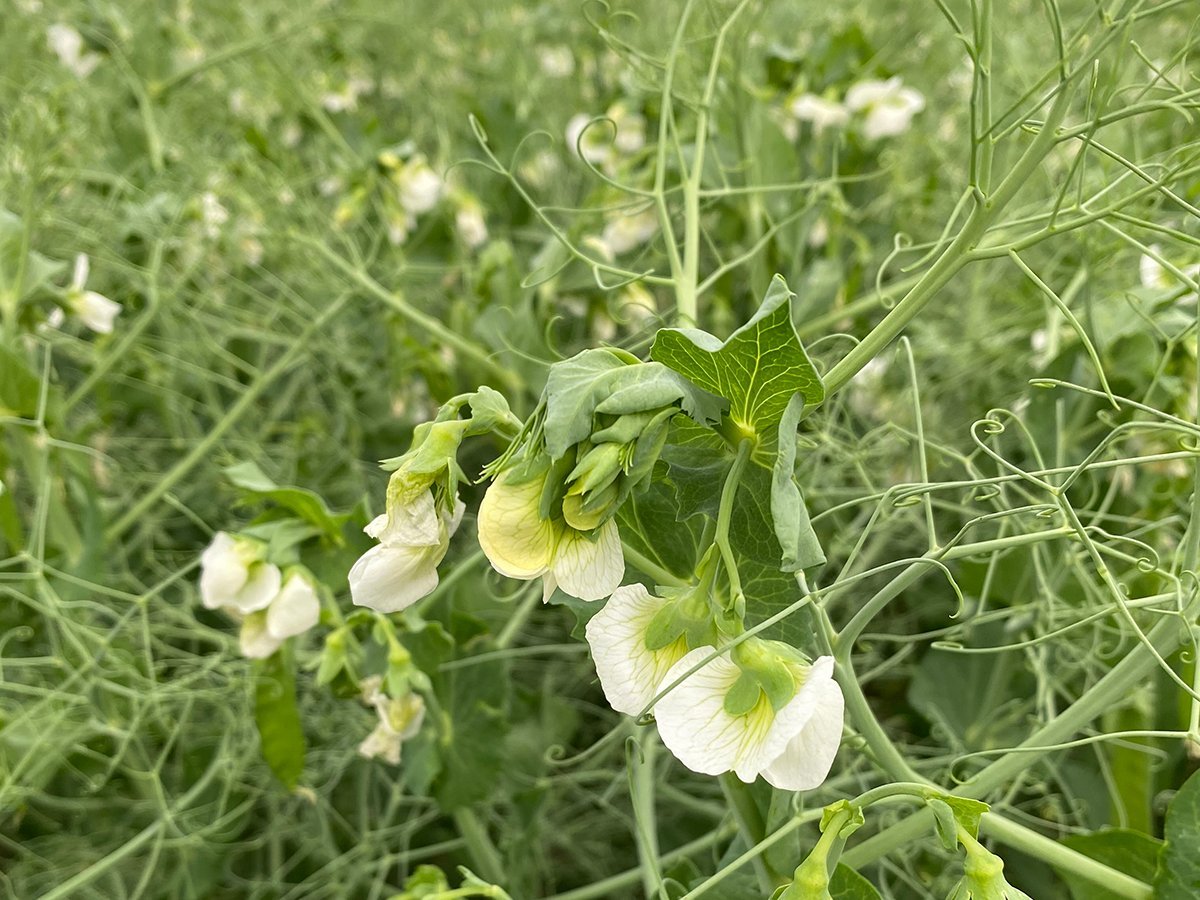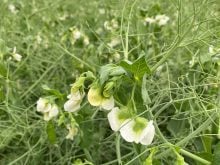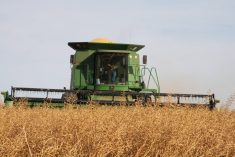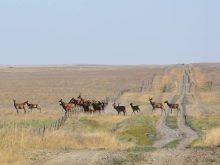Spring may have started early in April this year, but then the weather in several parts of Alberta turned cold, with several days of killing frost in early May.
“The 2005 growing season started out with low soil moisture reserves and this continued until early June,” said Don Wentz, an agronomist with Reduced Tillage Linkages in Lethbridge.
“Combined with the poor harvest conditions last fall and, in some areas, crops still in the fields, many producers ended up with fallow land either by design or circumstance.”
Read Also

Crop quality looks good this year across Prairies
Crop quality looks real good this year, with the exception of durum.
In early June, the province received rainfall almost equal to an annual allotment of precipitation. Many areas received more than 225 millimetres of rain. That means that the root zone of fallow lands has passed its water holding capacity. Clay loam soils have water readily available at about 50 mm per 30 centimetres (two inches per foot). For a one metre root zone, that equals 150 mm of moisture.
“What all that precipitation at one time means is leaching and ground water recharge is occurring,” said Wentz.
“If you find yourself with more fallow land than desired, but think it’s too late to plant a crop, maybe there is an option. Because warm season crops are suited for late planting they can and will produce better yields than annual cereal crops and provide excellent forage for fall grazing.”
Cool season crops will germinate in cooler soils. These include most of the cereal plants like wheat, barley and oats. Warm season crops need warmer soils to germinate. The millets, including crops such as crown, golden German and proso, are examples of warm-season crops.
The best growing temperature for warm season crops is about 30 C, while for cool season crops optimum temperature is about 20, he said.
“Cool and warm season crops have a different method of photosynthesis. Warm season crops appear to go dormant after they are about 10 cm tall. It’s during this time period that they undergo all their cell division. The plants can grow very quickly after this period because cells are only elongating. Cool season crops must continue to go through the cell division process.”
Warm season crops require more management than cool season crops, especially to control weeds. They require soils to be warm, above 10 C when planted, to promote quick germination. Planting in mid to late June is preferred. The longer the fall, the longer the warm season crops can grow.
“Warm season crops are suited for fall grazing and well-suited for swath grazing,” said Wentz. “Warm season crops can be swathed late in the growing season. Field research by the Southern Applied Research Association showed that the millets and sorghum sudangrass outyielded wheat and oats for forage tonnage by about one (tonne) per acre. Saskatchewan data showed that cereals yielded well for forage if planted in early May, but they did not outperform warm season crops if planted in mid-June.”
Producers interested in planting a warm season forage crop should contact their local seed supplier. Most seed dealers have a variety of crops to choose from. A seed dealer can also help producers select a crop suited for their area.
“If you have never grown a warm season crop before, plant a small demo site to see for yourself what these crops can do,” said Wentz.
















